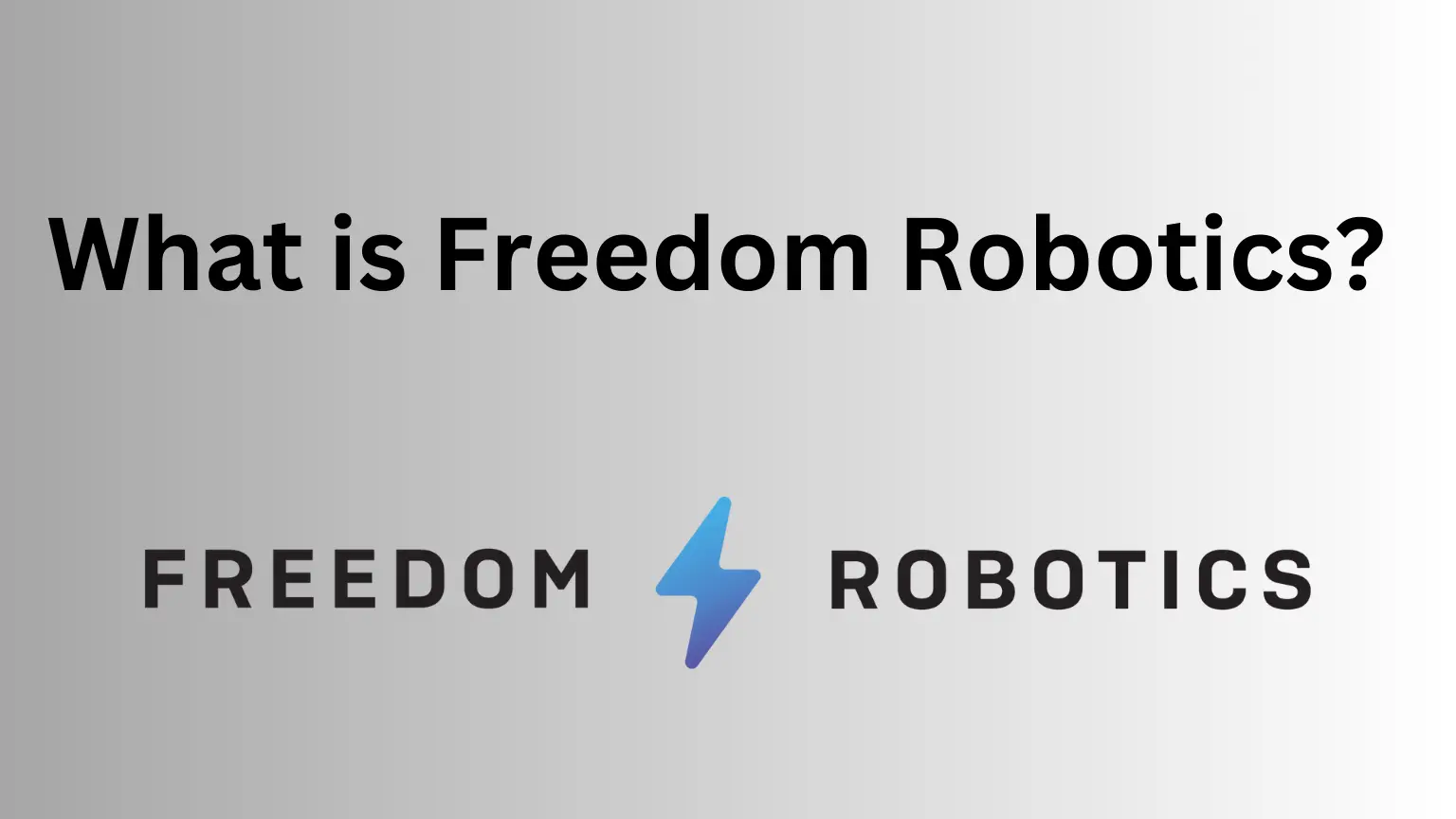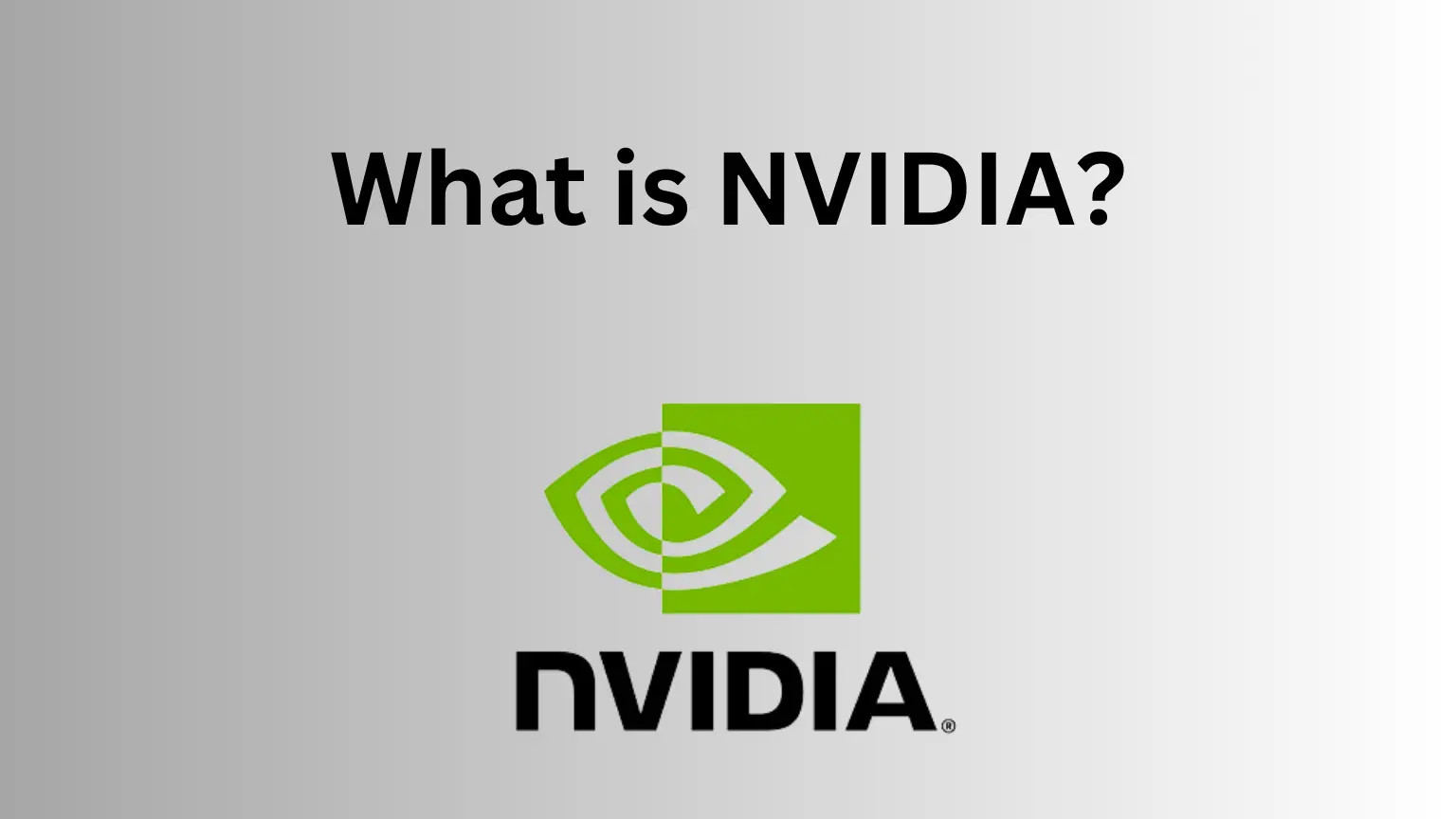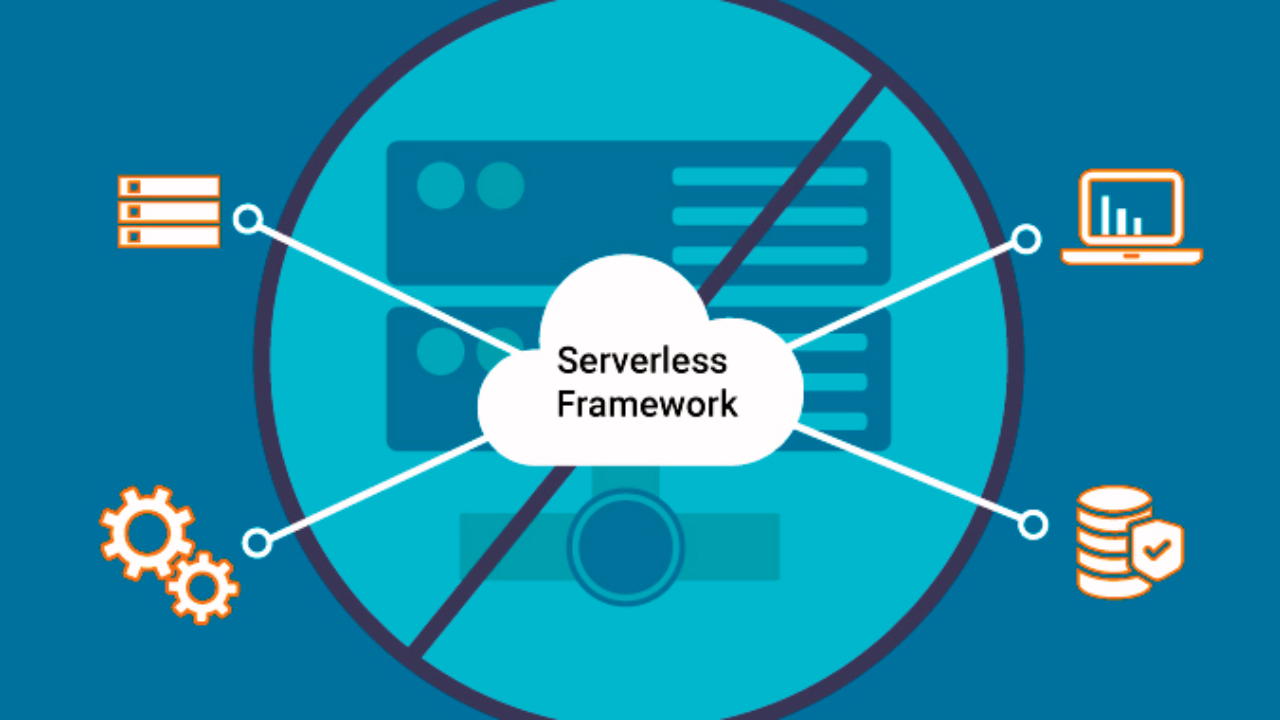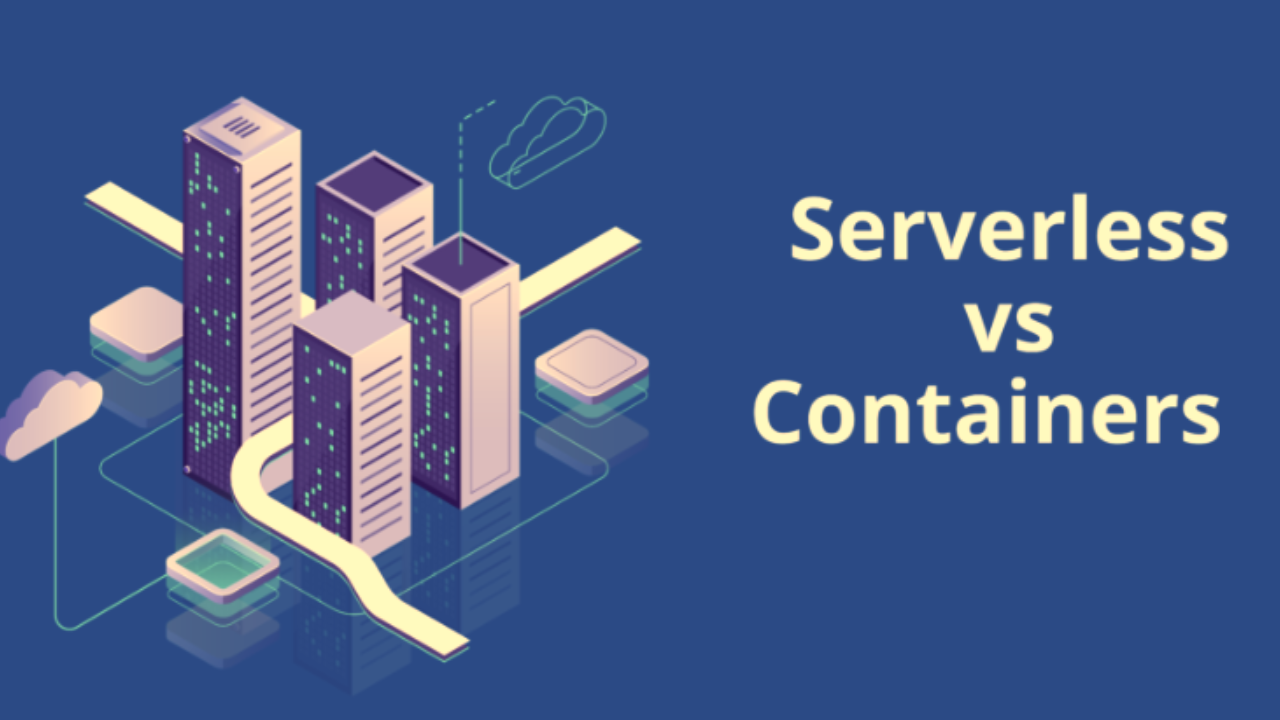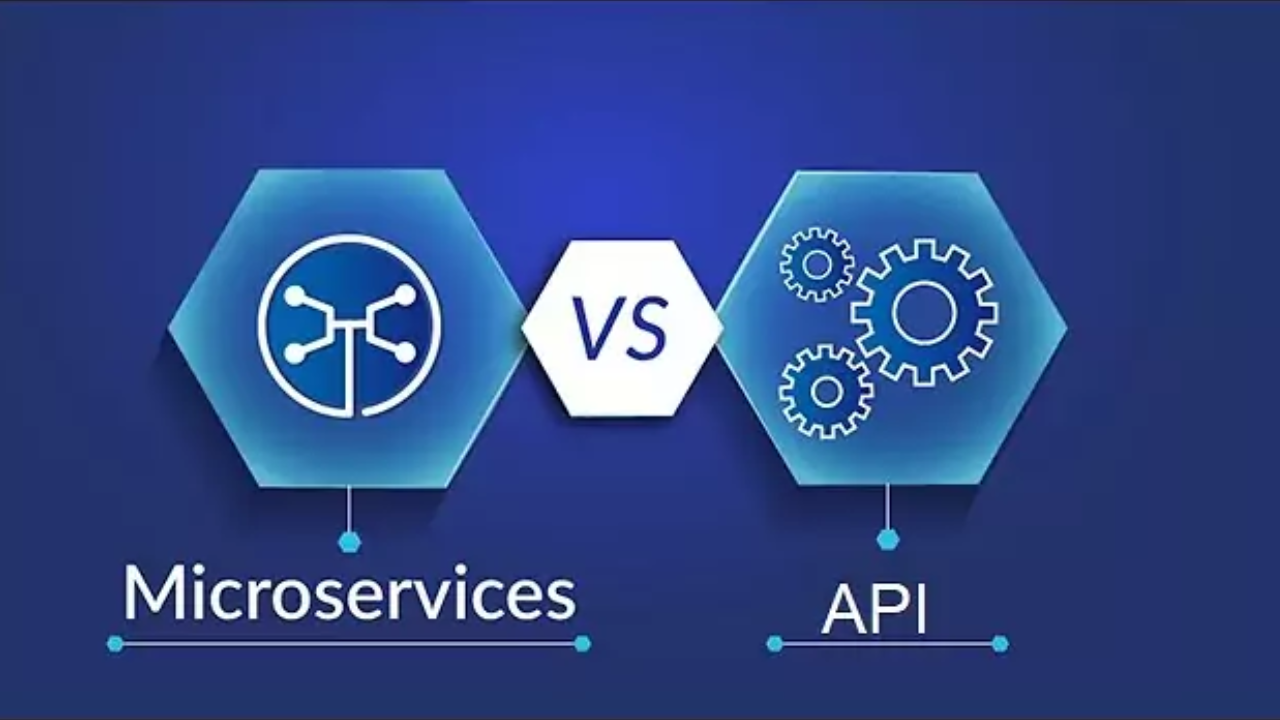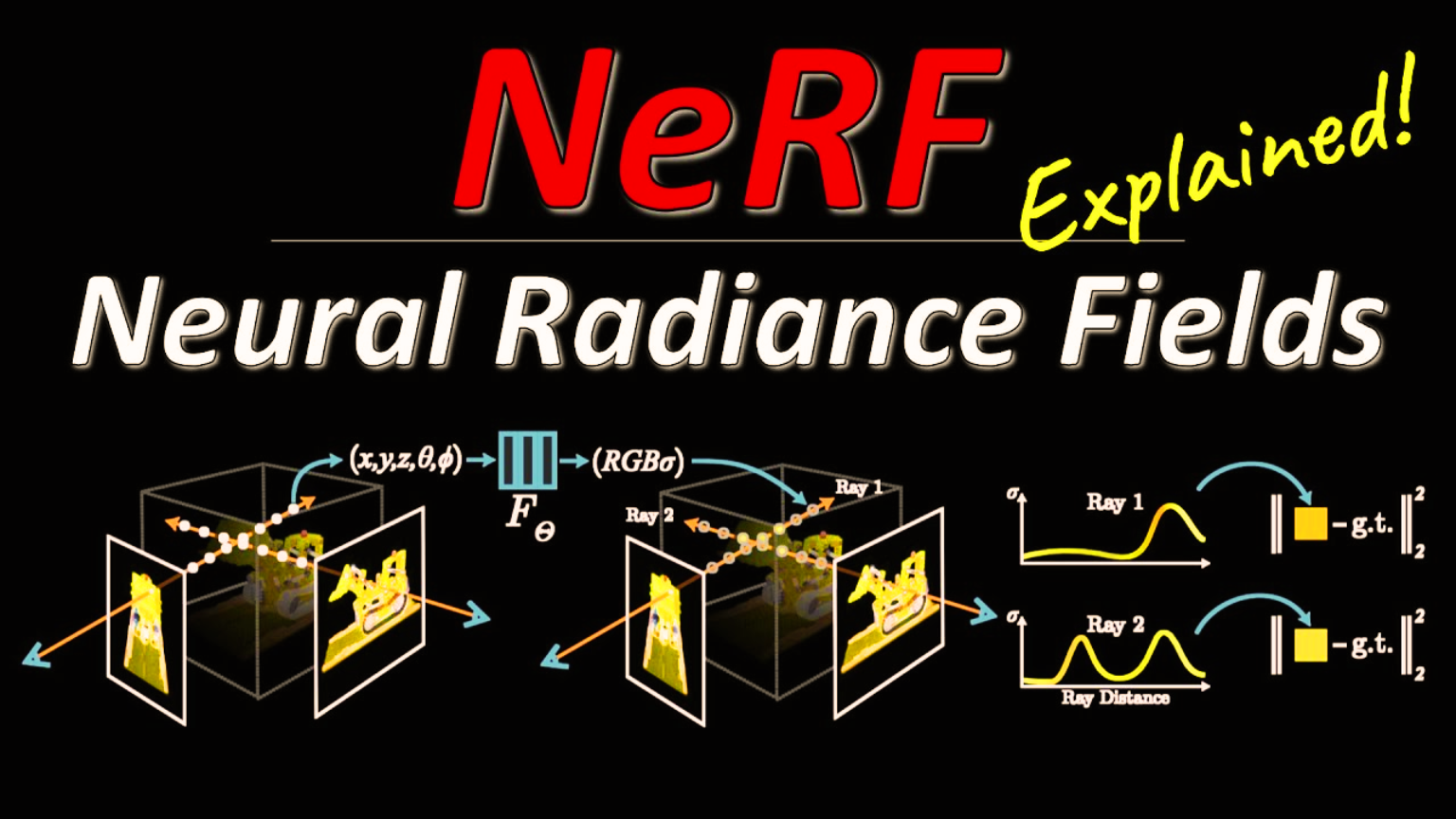Deep learning has revolutionized the field of artificial intelligence, enabling machines to learn from data and perform complex tasks such as image recognition, natural language processing, and speech recognition. However, the training and inference of deep neural networks can be computationally intensive, requiring high-performance computing devices to accelerate the process. Two of the most popular devices for accelerating deep learning are Graphics Processing Units (GPUs) and Tensor Processing Units (TPUs). In this article, we will explore the role of TPU vs GPU in deep learning and provide a comprehensive comparison of these two devices
Tpu vs Gpu
Convolutional Neural Networks (CNNs) have become increasingly popular in recent years for image analytics, natural language processing, and other deep learning applications. However, the training and inference of CNNs can be computationally intensive, requiring high-performance computing devices to accelerate the process.
Two of the most popular devices for accelerating CNNs are Graphics Processing Units (GPUs) and Tensor Processing Units (TPUs). In this article, we will provide a comprehensive comparison of these two devices for accelerating CNNs, including their architecture, performance, and energy efficiency.
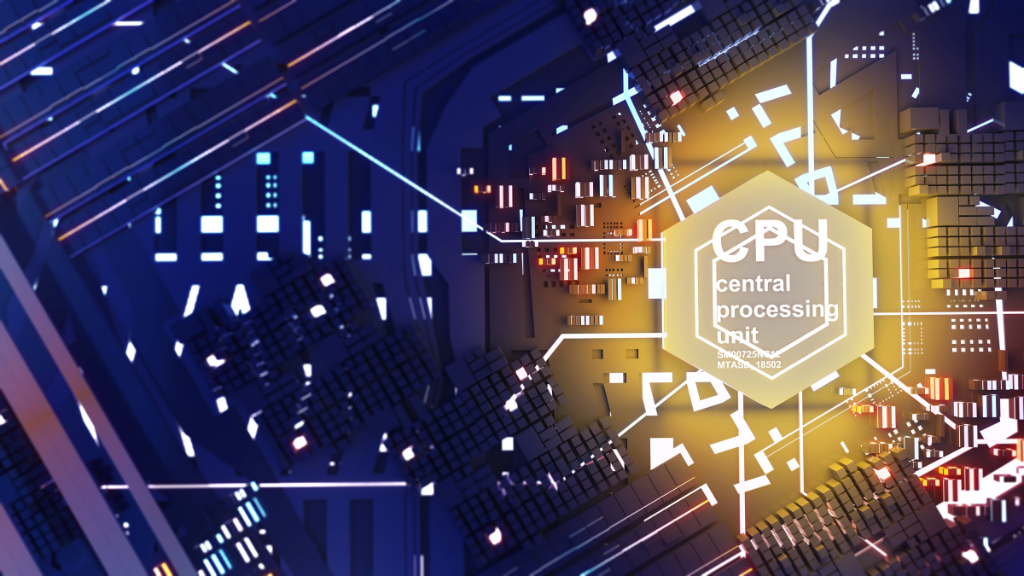
Architecture
GPUs and TPUs have different architectures that affect their performance and energy efficiency. GPUs are designed for parallel computing, with a large number of Arithmetic Logic Units (ALUs) deployed in a single processor.
This makes GPUs very efficient in performing matrix multiplication tasks, which is a key step in deep learning applications.
TPUs, on the other hand, are application-specific integrated circuits (ASICs) developed by Google for accelerating machine learning algorithms and deep neural networks. TPUs have a single processor that fixes the latency within a limit compared to multi-threaded CPUs and GPUs.
TPUs also use two-dimensional multiply units that help in matrix multiplication faster compared to the one-dimensional multiply units in CPUs and GPUs. In addition, TPUs use eight-bit integers in place of the 32-bit floating-point operations used in CPUs and GPUs, which makes the computations faster and memory efficient.
Performance
The performance of GPUs and TPUs for accelerating CNNs depends on several factors, including the size of the neural network, the number of layers, and the batch size. In general, GPUs are faster than CPUs for deep learning applications due to their parallel architecture.
However, TPUs can be even faster than GPUs for certain tasks, especially those that involve large matrix multiplications.
For example, Google’s TPU v4 can perform up to 700 trillion operations per second (TOPS) and has a memory bandwidth of 700 gigabytes per second (GB/s), while NVIDIA’s A100 GPU can perform up to 312 TOPS and has a memory bandwidth of 1.6 terabytes per second (TB/s). However, the performance of TPUs and GPUs also depends on the specific implementation of the CNN and the optimization techniques used. Energy Efficiency: Energy efficiency is an important factor to consider when choosing between GPUs and TPUs for accelerating CNNs.
GPUs are known to consume a lot of power due to their high computational power, which can lead to high energy costs and carbon footprint. TPUs, on the other hand, are designed to be more energy-efficient than GPUs, with a focus on reducing the power consumption per operation. For example, Google’s TPU v4 has a power consumption of 250 watts and can perform up to 700 TOPS, while NVIDIA’s A100 GPU has a power consumption of 400 watts and can perform up to 312 TOPS. This means that TPUs can provide better performance per watt than GPUs, making them more energy-efficient.
Best Practices
To optimize the performance and accuracy of CNNs on GPUs and TPUs, there are several best practices that can be followed. One of the most important is to use batch normalization, which helps to reduce the internal covariate shift and improve the convergence of the network. Another best practice is to use data augmentation, which helps to increase the size of the training dataset and reduce overfitting.
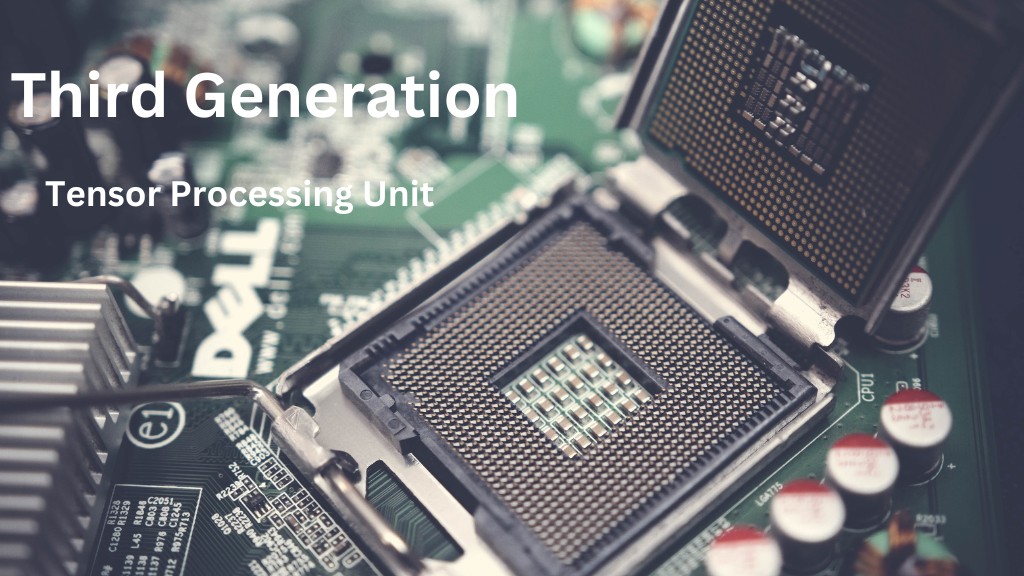
In addition, it is important to choose the right activation function, loss function, and optimizer for the specific task at hand. Finally, it is important to choose the right hardware and software stack for the specific implementation of the CNN, taking into account factors such as the size of the neural network, the number of layers, and the batch size.
Conclusion
In conclusion, both GPUs and TPUs are powerful devices for accelerating CNNs, with different architectures, performance, and energy efficiency. GPUs are generally faster than CPUs and can be used for a wide range of deep learning applications. TPUs, on the other hand, are designed specifically for machine learning and can provide even faster performance for certain tasks, especially those that involve large matrix multiplications. In addition, TPUs are more energy-efficient than GPUs, making them a better choice for applications that require high performance and low power consumption. By following best practices for optimizing the performance and accuracy of CNNs on GPUs and TPUs, developers can achieve the best results for their specific tasks.
What is a GPU?
GPU stands for Graphics Processing Unit, which is a high-performance computing device that is used to accelerate the training and inference of deep neural networks in deep learning applications. GPUs are designed for parallel computing and are very efficient in performing matrix multiplication tasks, which is a key step in deep learning applications. GPUs are known to consume a lot of power due to their high computational power, which can lead to high energy costs and carbon footprint.
What is a TPU?
TPU stands for Tensor Processing Unit, which is an application-specific integrated circuit (ASIC) developed by Google for accelerating machine learning algorithms and deep neural networks. TPUs are designed to be more energy-efficient than GPUs, with a focus on reducing the power consumption per operation. TPUs use two-dimensional multiply units that help in matrix multiplication faster compared to the one-dimensional multiply units in CPUs and GPUs. In addition, TPUs use eight-bit integers in place of the 32-bit floating-point operations used in CPUs and GPUs, which makes the computations faster and memory efficient.
What do TPU and GPU do in deep learning?
TPU and GPU are high-performance computing devices that are used to accelerate the training and inference of deep neural networks in deep learning applications. GPUs are designed for parallel computing and are very efficient in performing matrix multiplication tasks, which is a key step in deep learning applications. TPUs, on the other hand, are application-specific integrated circuits (ASICs) developed by Google for accelerating machine learning algorithms and deep neural networks. TPUs use two-dimensional multiply units that help in matrix multiplication faster compared to the one-dimensional multiply units in CPUs and GPUs. In addition, TPUs use eight-bit integers in place of the 32-bit floating-point operations used in CPUs and GPUs, which makes the computations faster and memory efficient.
Is a TPU or GPU better for deep learning?
The choice between TPU and GPU for deep learning depends on several factors, including the size of the neural network, the number of layers, and the batch size. In general, GPUs are faster than CPUs for deep learning applications due to their parallel architecture. However, TPUs can be even faster than GPUs for certain tasks, especially those that involve large matrix multiplications. TPUs are also more energy-efficient than GPUs, making them a better choice for applications that require high performance and low power consumption.


